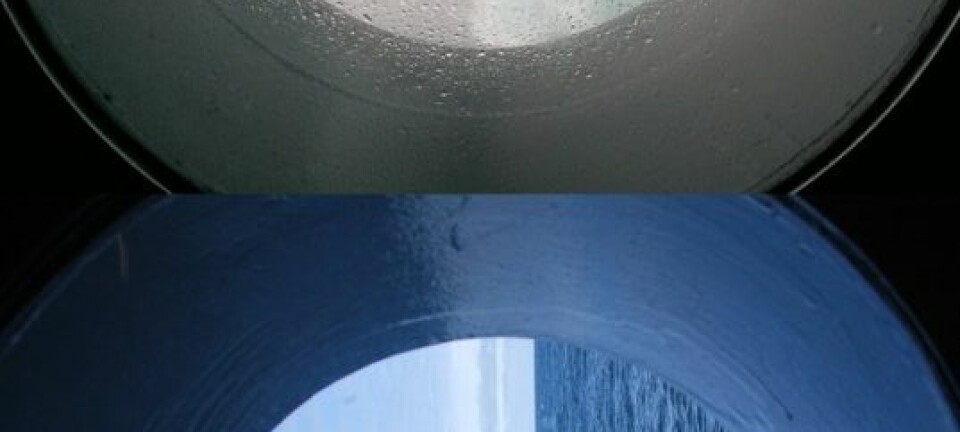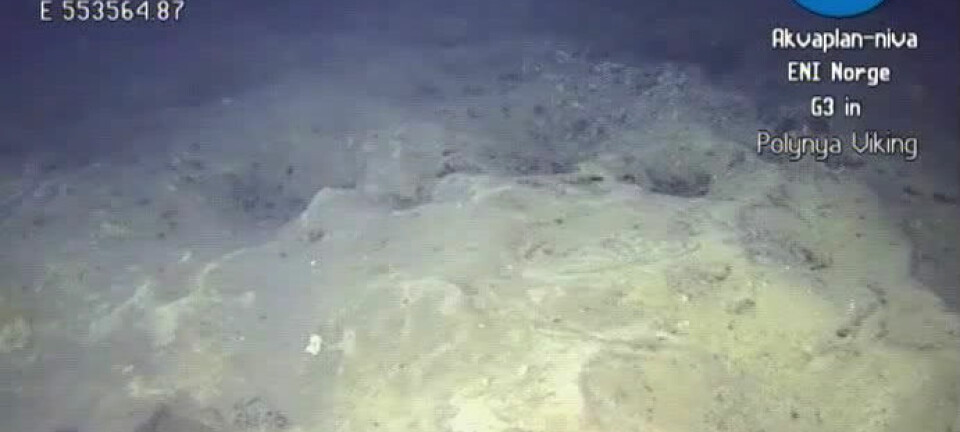This article was produced and financed by University of Bergen

Researchers to trawl ocean for new biotechnology resources
Biodiversity hot spots in the ocean are an un-tapped resource for safer, cheaper and greener products.
Denne artikkelen er over ti år gammel og kan inneholde utdatert informasjon.
We frequently hear that global resources are being used up. The one that still remains untapped is also the largest: the range of microbiological resources in our oceans.
These could be providing us with new resources from which to produce safer, cheaper and greener products.
Microbes that survive in extreme conditions are of special interest. They can often tolerate extreme pressure, salinity or temperature, and could provide enzymes that are able to perform in industrial settings under harsh physical and chemical conditions.
Researchers will mine for and use newly discovered microbial enzymes and metabolites, in particular for the targeted production of fine chemicals, environmental clean-up technologies and anti-cancer drugs.
Discovering new Norwegian nature
For the past twelve years, researchers and students from the Centre for Geobiology at the University of Bergen have explored the volcanic underwater world of the Arctic Mid-Ocean Ridge (AMOR). Through their summer expeditions to the area, they have discovered new Norwegian nature every year.
In this period they have surveyed hundreds of undersea volcanoes and a number of hydrothermal vents. Loki’s Castle (Lokeslottet), Soria Moria and Trollveggen are among the names given to the hydrothermal vents discovered by the UiB researchers in 2005 and 2008.
Loki’s Castle and other areas like it will likely represent vast resources for bioprospecting.
“In this project we will have the possibility to apply our knowledge in state-of-the-art DNA sequencing technologies to analyse the biodiversity and metabolic functions in AMOR ecosystems in order to discover new industrial enzymes deriving from these extreme habitats”, says Ida Helene Steen from the Centre for Geobiology.
Impossible to culture
The majority of microbes from extreme environments cannot be cultured under standard lab conditions.
“After 4 billion years of evolution, nature has established a vast diversity of enzymes, some of which may fit perfectly well to the industrial demand," says professor Peter Golyshin of Bangor University, the leader of the project.
“Our task will be to identify them using corresponding screening conditions, at the very early stages.”



































